Miniature Pinscher Puppies
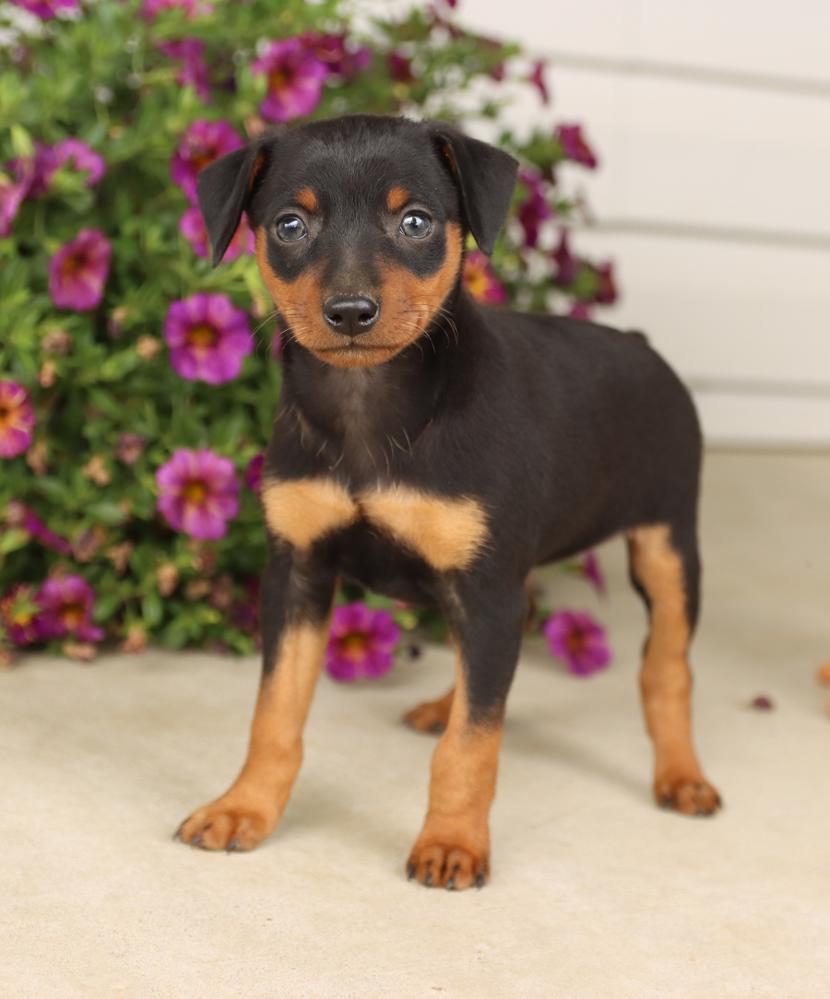
A loyal and active breed with a big personality
The Miniature Pinscher is not a smaller version of the Doberman Pinscher, as some mistakenly believe. The breed predates its larger cousin and may have Greyhound and Dachshund lineage. It carries a regal posture that is well-balanced. With the proper training, your Miniature Pinscher will become a family-oriented dog that loves children.
Miniature Pinscher At a Glance
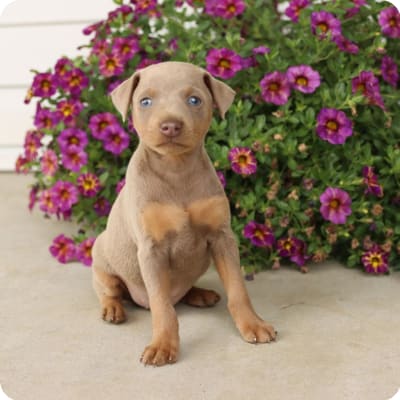
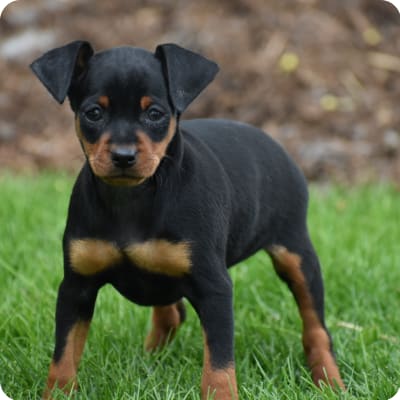
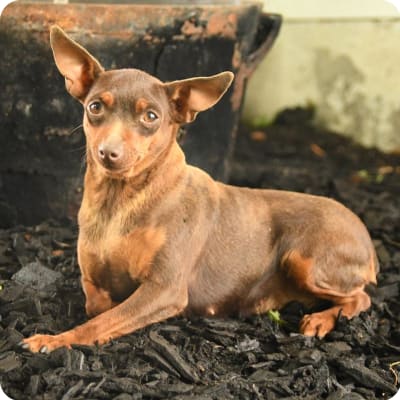
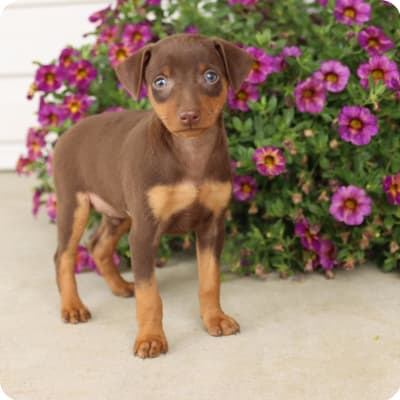
Miniature Pinscher At a Glance
- Size: 10"-13", 8-10 lbs.
- Lifespan: 12-16 years
- Energy Level: high
- Coat: Short, hard, and shiny
- Shedding: light
- Hypoallergenic: No
- Dog Group: Toy
- Common Nicknames: Min Pin, King of the Toys
Miniature Pinscher Breed Guide
Learn More About Miniature Pinschers


